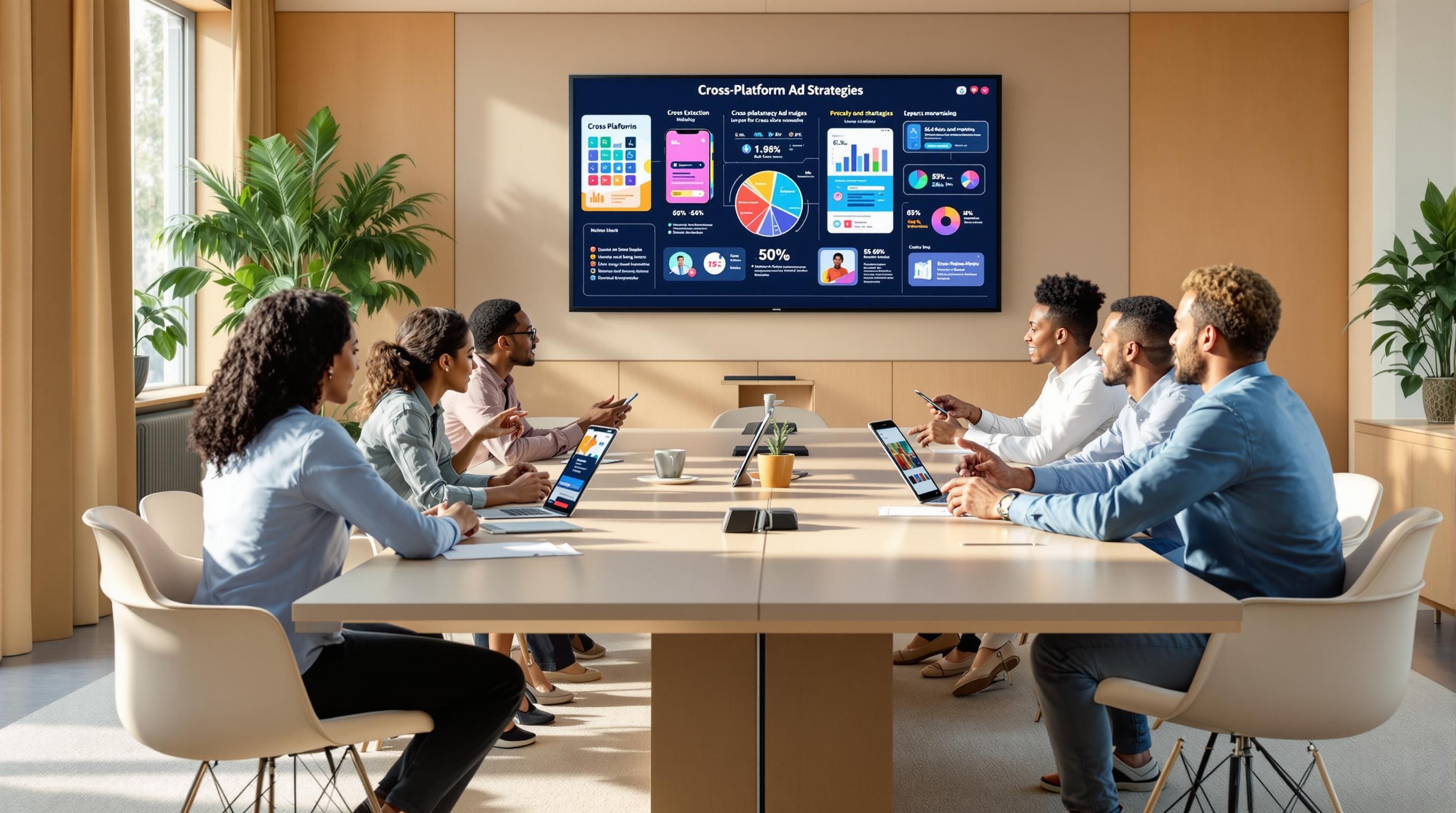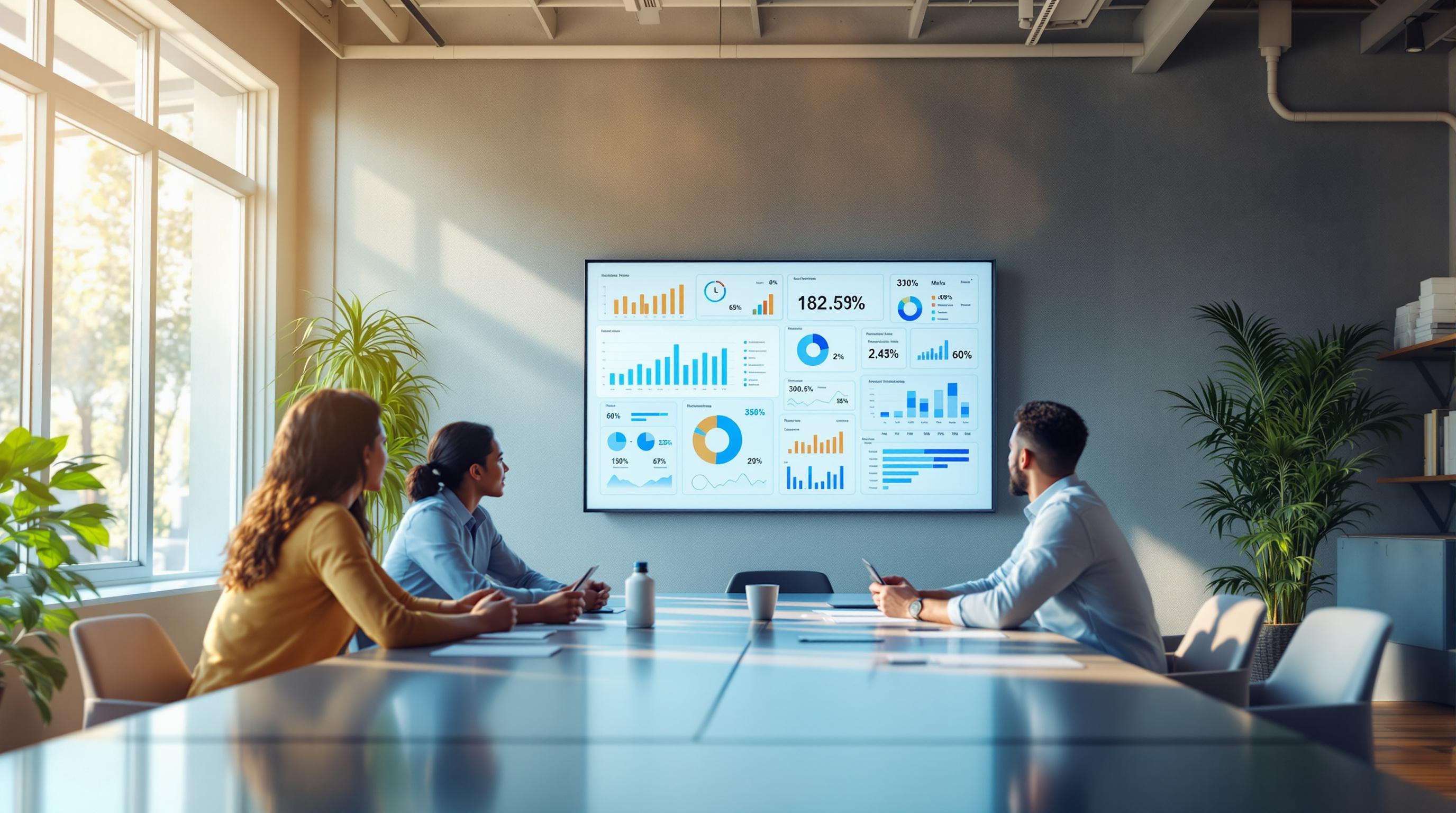Managing subscriptions is easier with automation. Here's how businesses handle every stage of the subscriber journey, from signup to retention, using tools like Chargebee and Zoho Subscriptions:
- Attract Subscribers: Use free trials, freemium models, or referral programs to bring in users. Tools like Salesforce and AI-powered platforms help target the right audience.
- Onboard Effectively: Welcome emails, setup guides, and personalized onboarding ensure new subscribers see value quickly.
- Engage Users: Automate updates, content delivery, and engagement tracking to keep users active and satisfied.
- Retain Customers: Spot churn risks early with automated responses like re-engagement campaigns and flexible subscription plans.
- Grow Revenue: Upsell and cross-sell using data-driven insights, such as usage-based triggers or feature upgrades.
Why It Matters
- Metrics to Watch: Churn rate, customer lifetime value, and renewal rates help track success.
- Retention Impact: Improving retention by 5% can boost profits by 25-95%.
Start with the right tools, personalize interactions, and monitor key metrics to optimize your subscription business.
Related video from YouTube
1. Attracting New Subscribers
The first step in subscription lifecycle automation is all about bringing in new subscribers. This means offering clear benefits and making the signup process as simple as possible.
How to Bring in Subscribers
To attract subscribers, you need to offer something valuable right away and make it easy for them to sign up. HubSpot’s freemium model is a great example - it provides free tools to users while encouraging them to upgrade to premium features over time.
Customizing your outreach efforts can also make a big difference. By focusing on specific industries, company sizes, or common challenges, you can improve conversion rates and attract leads that are more likely to stick around.
Here’s a quick comparison of acquisition strategies:
| Acquisition Method | Best For | Typical Results |
|---|---|---|
| Free Trial | Product-focused | 15-30% conversion to paid |
| Freemium Model | High-volume models | 2-5% upgrade rate |
| Direct Sales | Enterprise solutions | 20-40% close rate |
| Referral Programs | Established products | 10-25% new customer growth |
Tools to Support Subscriber Acquisition
To simplify the process of gaining subscribers, subscription businesses depend on a solid tech stack. CRM systems like Salesforce are essential for managing subscribers, tracking interactions, and automating follow-ups. These systems work seamlessly with marketing automation tools to create smooth acquisition workflows.
AI-powered tools also play a big role. For example, the B2B Ecosystem's GTM Brain helps businesses pinpoint the right audience segments and improve conversions using data-driven insights. It can analyze user behavior and suggest tailored strategies.
Other must-have tools include marketing automation platforms, analytics software, payment processors, and communication tools.
Once you’ve successfully brought in new subscribers, the next step is to focus on onboarding them effectively to keep them engaged for the long haul.
2. Onboarding New Subscribers
Onboarding bridges the gap between acquiring subscribers and keeping them engaged. Automation plays a key role here, making the process smooth and scalable. This stage is all about helping new subscribers quickly see the value in your service.
Building an Effective Welcome Process
A well-designed welcome process helps new subscribers get started without feeling overwhelmed. Here's what it should include:
| Component | Purpose | Best Practice |
|---|---|---|
| Welcome Email | Kickstart engagement | Send within 5 minutes of signup |
| Setup Guide | Activate features | Provide step-by-step visual instructions |
| Success Milestones | Track progress | Use clear indicators for completion |
| Support Resources | Solve problems | Offer easy access to help materials |
For example, Chargebee uses automated welcome sequences that combine personalized messages with clear setup steps, making onboarding effortless for new users [3].
Adding Personalization to Onboarding
Personalization takes onboarding to the next level by tailoring the experience to each user. For instance, a B2B software company might customize the process based on the subscriber's industry or job role, ensuring the service feels relevant from the start.
Here’s how to make onboarding more personal:
- Gather useful data during signup.
- Group users into segments based on shared traits.
- Adjust communication styles to align with user preferences.
- Track engagement to fine-tune the process.
Regular follow-ups and easy-to-access support options help keep subscribers on track and engaged [2][5].
Once onboarding is complete, the next step is keeping subscribers engaged and consistently delivering value.
sbb-itb-01010c0
3. Keeping Subscribers Engaged
Once you've successfully onboarded subscribers, the next challenge is keeping them engaged. This means consistently offering value, often with the help of automated tools.
Providing Ongoing Value
To keep subscribers interested, you need to deliver updates, content, and services at the right time. Automation plays a big role in making this happen smoothly.
| Engagement Element | Automation Strategy | Impact |
|---|---|---|
| Feature Updates | Scheduled release notifications | Keeps subscribers informed and interested |
| Usage Analytics | Automated tracking and reporting | Identifies areas for improvement |
| Content Delivery | Personalized recommendations | Encourages frequent use |
| Success Metrics | Automated milestone tracking | Highlights subscriber achievements |
Personalization is key to keeping users engaged. For example, video streaming platforms use automated systems to suggest content based on viewing habits, which keeps users coming back for more [2][4].
Staying in Touch with Subscribers
Good communication feels personal, even when it's automated. Automation can support three main strategies to keep subscribers engaged:
- Personalized Communication: Tailor updates and notifications to match subscriber interests and usage habits. For instance, tools like Billsby use analytics to send relevant messages based on behavior [3].
- Engagement Monitoring: Automation can track signs of disengagement, such as reduced logins or lower feature usage, allowing you to take action before subscribers lose interest.
- Feedback Collection: Automated surveys at key points in the subscriber journey provide valuable insights to refine engagement tactics [2].
The trick is finding the right balance. Communicate often enough to stay relevant but not so much that it feels overwhelming. Advanced automation tools can adjust communication frequency based on each subscriber's preferences and behavior [2][3].
4. Retaining Subscribers
Keeping subscribers on board is key to long-term growth and cutting down on the costs of acquiring new customers. This builds on the work done during onboarding and engagement.
Spotting and Addressing Churn
Stopping churn before it happens means monitoring customer behavior and acting quickly. Here’s how it can work:
| Churn Indicator | Automated Response |
|---|---|
| Declining Engagement | Re-engagement campaigns tailored to usage patterns |
| Missed Payments | Automated payment recovery (dunning) systems |
| Negative Feedback | Support outreach with follow-up to resolve concerns |
For example, Chargebee’s dunning management system automatically retries failed payments and uses personalized communication to recover them [3]. This approach not only reduces involuntary churn but also keeps relationships with customers intact.
Adding Flexibility to Subscription Plans
Flexible subscription options make it easier to retain customers by meeting their changing needs. These features can make a big difference:
| Feature | Business Impact | Customer Benefit |
|---|---|---|
| Plan Pausing | Reduces cancellations | Allows temporary breaks without losing data |
| Downgrade Options | Keeps customers during tight budgets | Offers lower-cost alternatives |
| Payment Flexibility | Boosts payment success rates | Lets users adjust schedules |
| Usage-Based Billing | Matches cost to actual usage | Ensures fair pricing |
Billsby’s dynamic pricing and tiered options are a great example of this strategy [3]. Similarly, Zoho Subscriptions integrates with CRM tools to ensure customers get timely updates about changes to their plans [3]. Thoughtful pricing and clear communication make these options beneficial for both businesses and their customers.
With a solid retention strategy, businesses can shift their focus to growing revenue by upselling and cross-selling to happy subscribers.
5. Growing Revenue from Existing Subscribers
Once you've got retention strategies in place to reduce churn, it's time to focus on boosting revenue from your current subscribers. Automation plays a key role here, letting you scale these efforts and deliver tailored upgrade offers without manual work.
Upselling and Cross-Selling Strategies
To grow revenue, timing and relevance are everything. Leading subscription businesses use these approaches to offer upgrades that resonate:
| Strategy | How It Works | Why It Works |
|---|---|---|
| Usage-Based Triggers | Monitor usage to spot users hitting plan limits or accessing locked features | Drives conversions by targeting users with clear upgrade needs |
| Behavioral Segmentation | Use onboarding data to identify changing needs and opportunities | Creates logical, step-by-step upgrade paths |
| Feature Unlocking | Offer temporary access to premium features | Gives users a taste of higher-tier benefits |
| Add-on Services | Provide extra services that complement the subscription | Offers upgrades without requiring a full plan change |
Tools like Mixpanel and Amplitude make it easier to track user behavior and identify the best times to suggest upgrades. They automate the process of spotting patterns and triggering personalized offers.
Explaining the Value of Upgrades
When it comes to upgrade messaging, focus on benefits. Here's a structure that works:
| Message Element | Why It Matters | Example |
|---|---|---|
| ROI Calculations | Highlights financial advantages | Compare current costs with potential savings from upgrading |
| Success Stories | Shows how others have benefited | Share real user outcomes, backed by metrics |
| Personalized Plan Comparisons | Makes the upgrade feel relevant | Recommend features based on actual usage |
The best moments to pitch an upgrade include:
- After users consistently hit high usage levels
- Following the completion of a major project
- During times of business growth or expansion
- When users are nearing the limits of their current plan
Conclusion
Overview of the Five Stages
Subscription lifecycle automation helps businesses simplify processes, improve customer interactions, and increase revenue by fine-tuning every step of the subscriber journey - from signing up to keeping customers loyal and encouraging upgrades. Research shows that improving retention by just 5% could lead to a profit increase of 25-95% [1].
Once the stages are outlined, the next move is to focus on practical ways to implement automation effectively.
How to Get Started
To begin automating your subscription lifecycle, consider these strategies:
- Choose the Right Tools: Look into platforms like Chargebee or Zoho Subscriptions. These tools can integrate smoothly with your existing systems and provide detailed analytics.
- Make It Personal: Use customer data to tailor messages and offers to individual preferences. This approach keeps subscribers engaged and connected [2].
- Keep an Eye on Metrics: Track important indicators like churn rate, customer lifetime value, and satisfaction scores to gauge your success.
For more guidance, you can explore consulting services and specialized tools to refine your subscription workflows.


